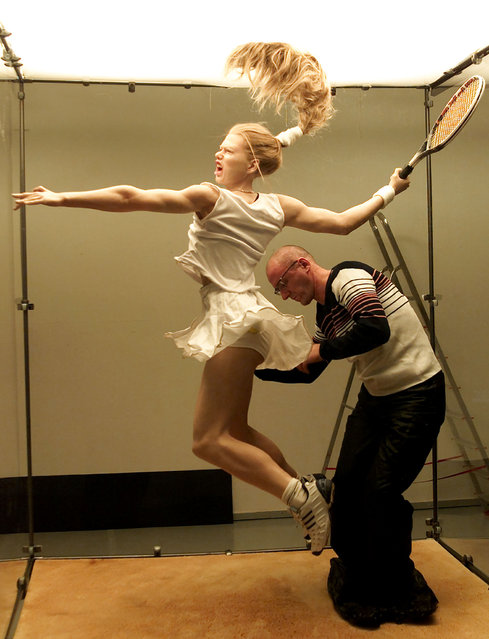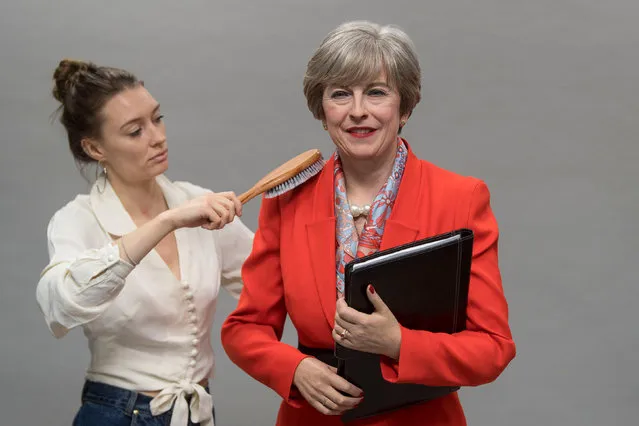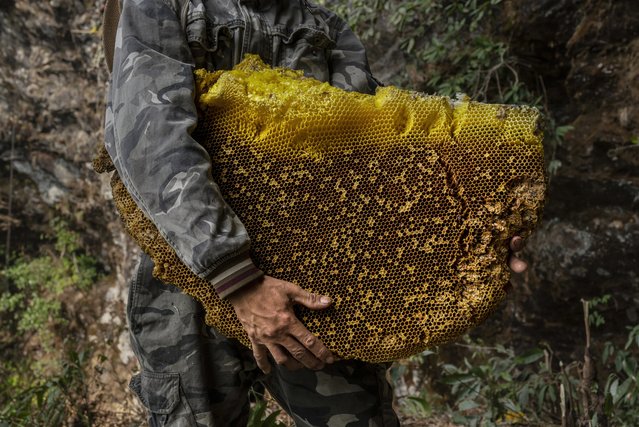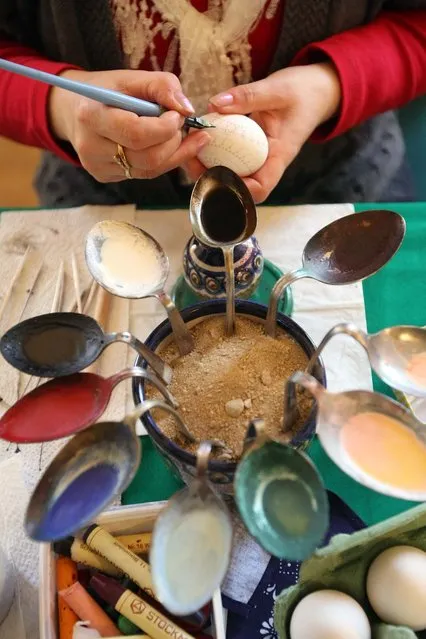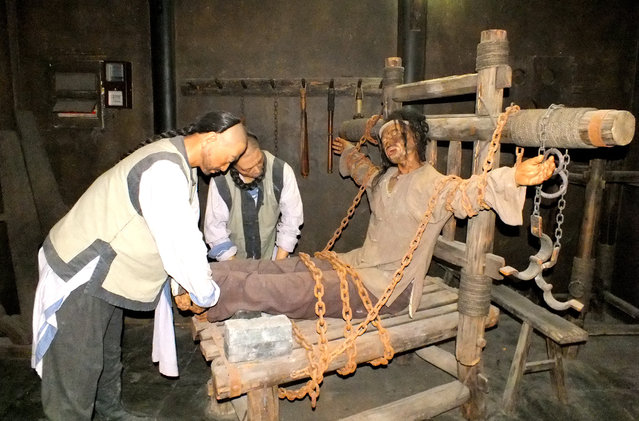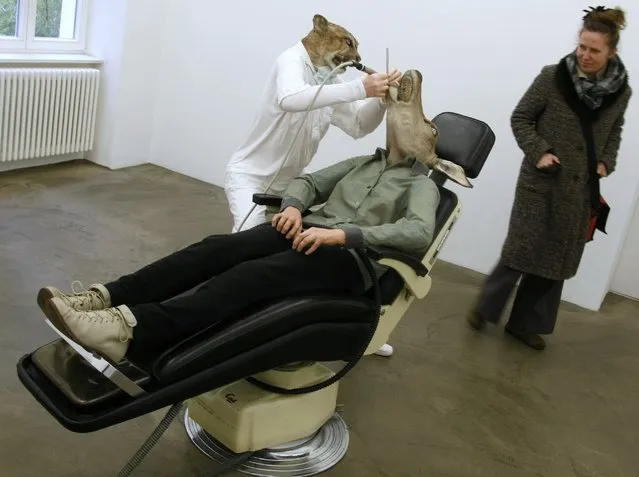
Bollywood actress and former p*rn star Sunny Leone stands with her wax likeness during its unveiling at the Madame Tussauds museum in New Delhi, India, Tuesday, September 18, 2018. The statue unveiled Tuesday represents the 37-year-old celebrity's acceptance by mainstream Indian society even as conservative Indian politicians condemn her p*rn-star past. (Photo by Anupam Nath/AP Photo)
24 Sep 2018 09:48:00,post received
0 comments

